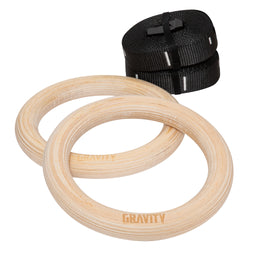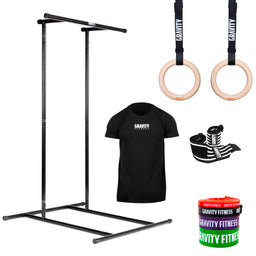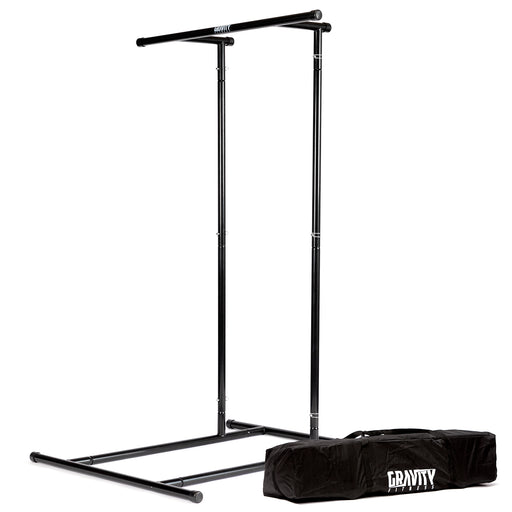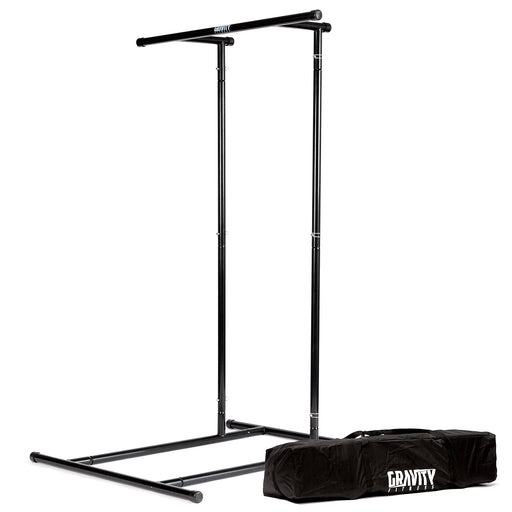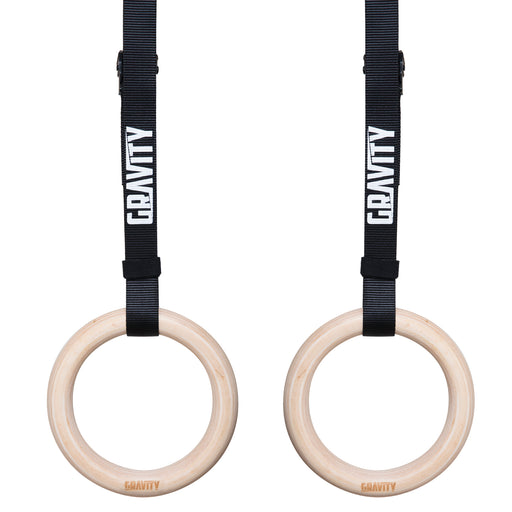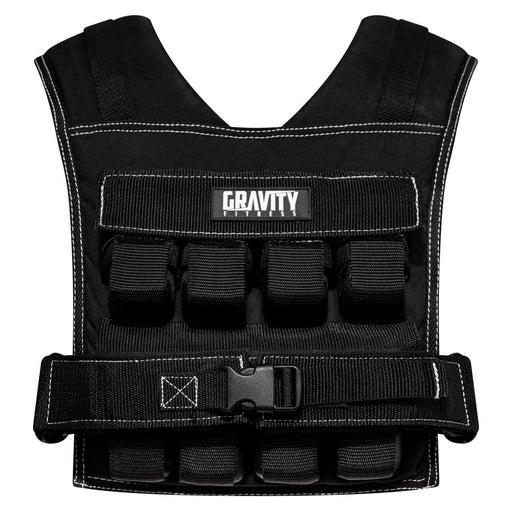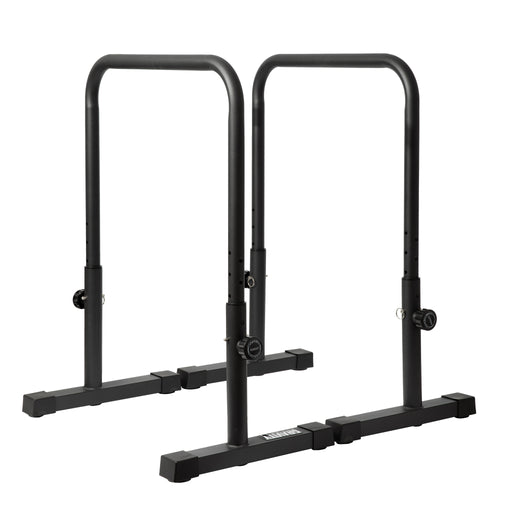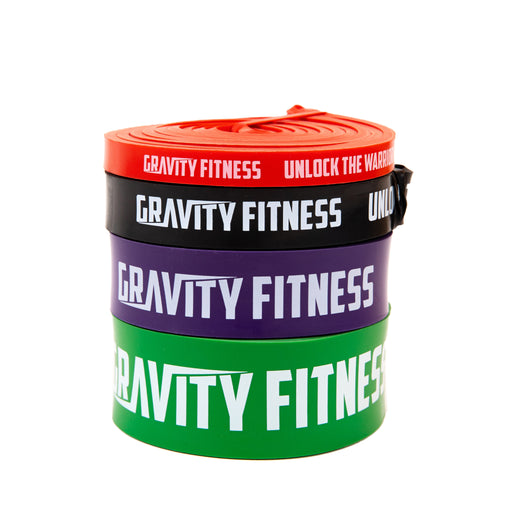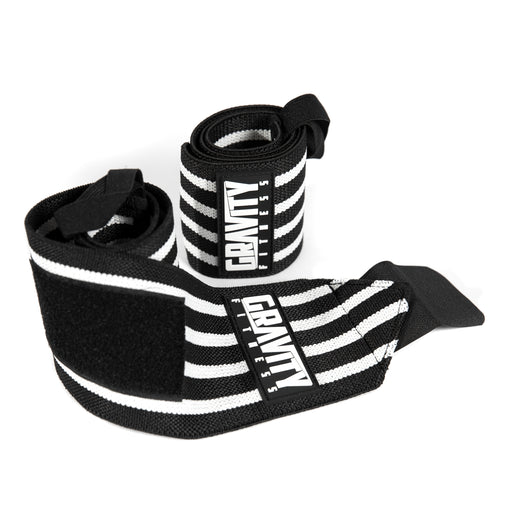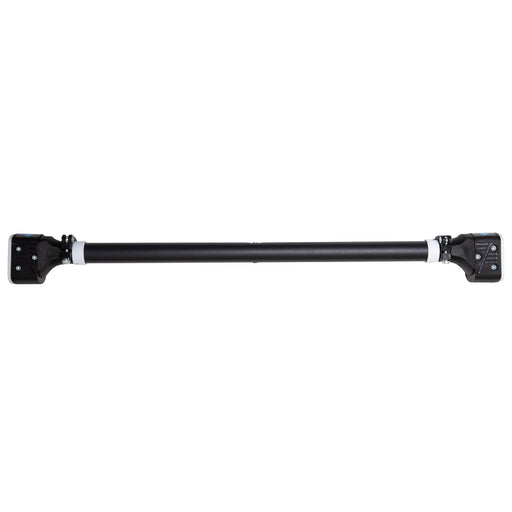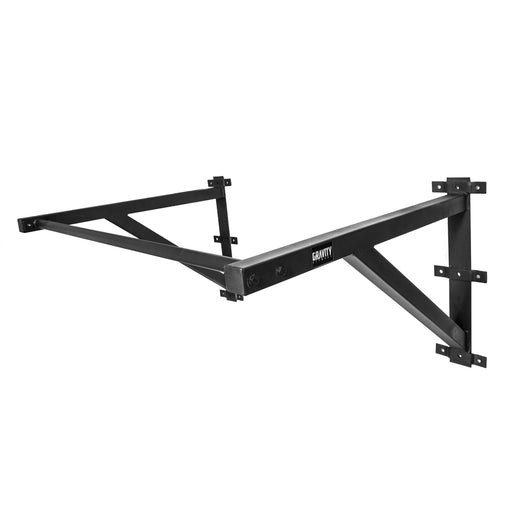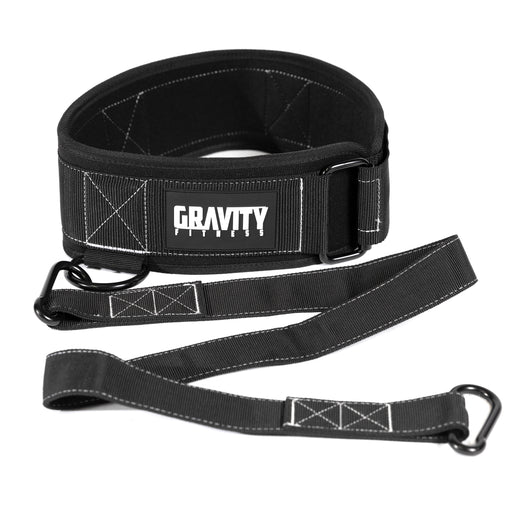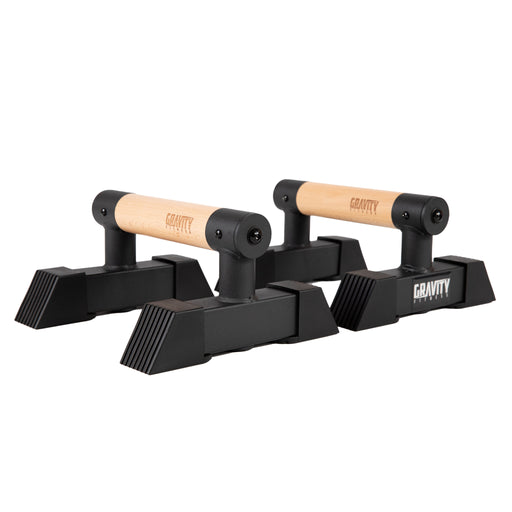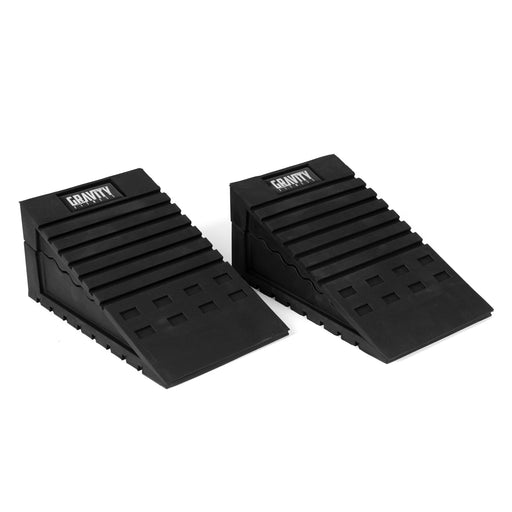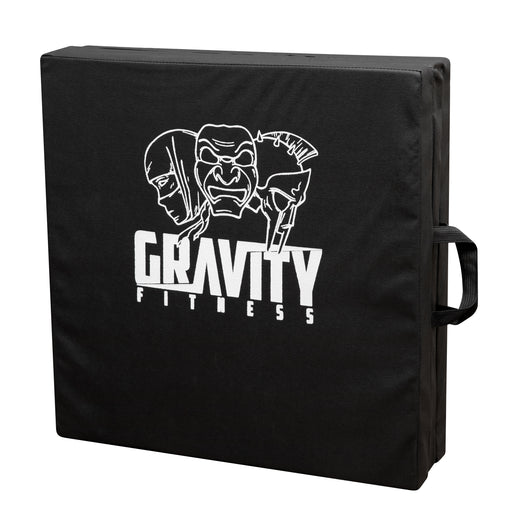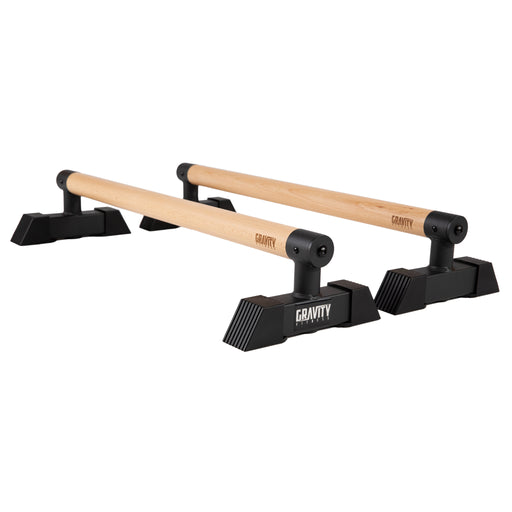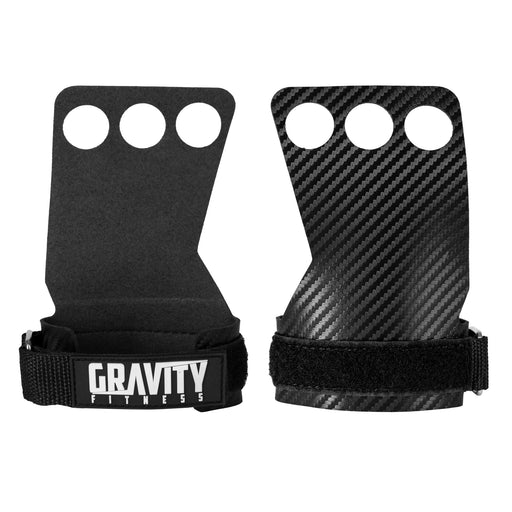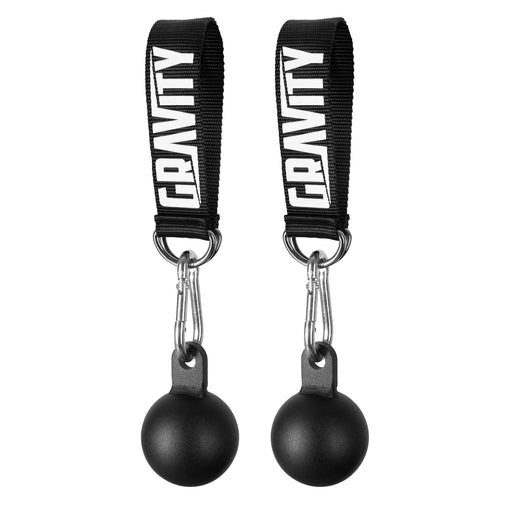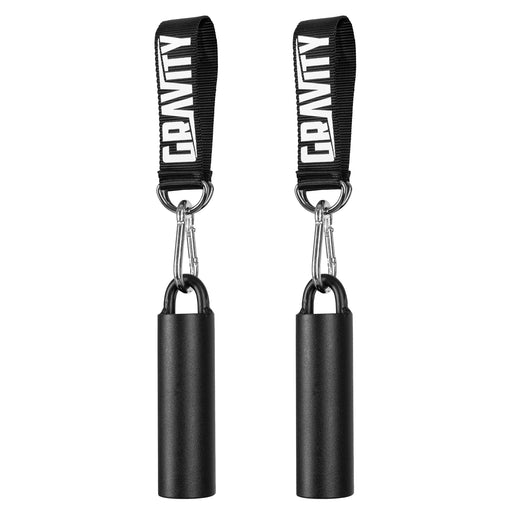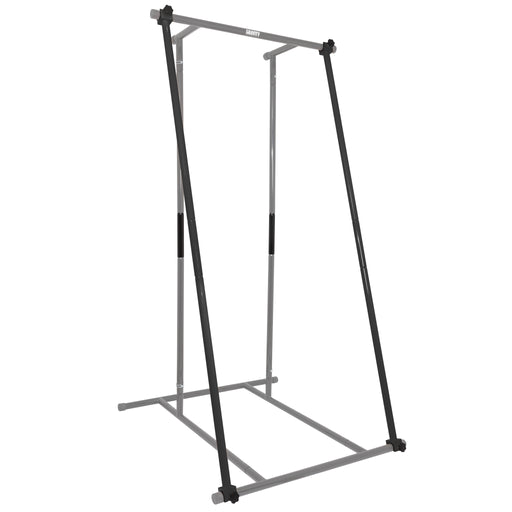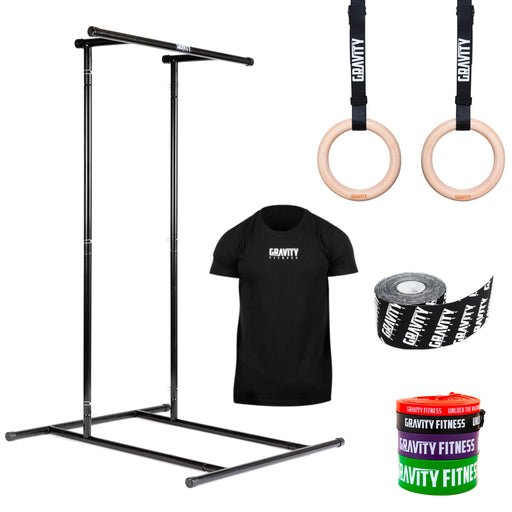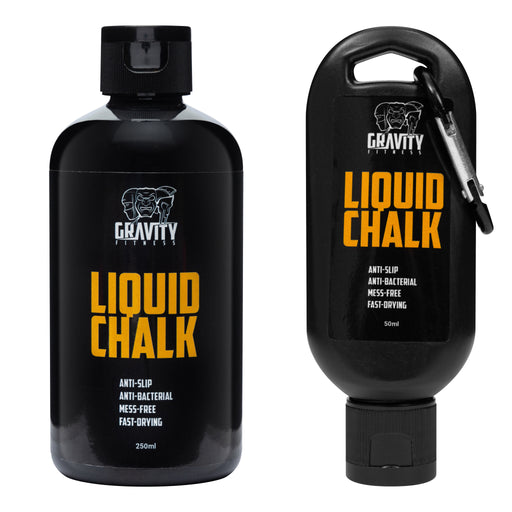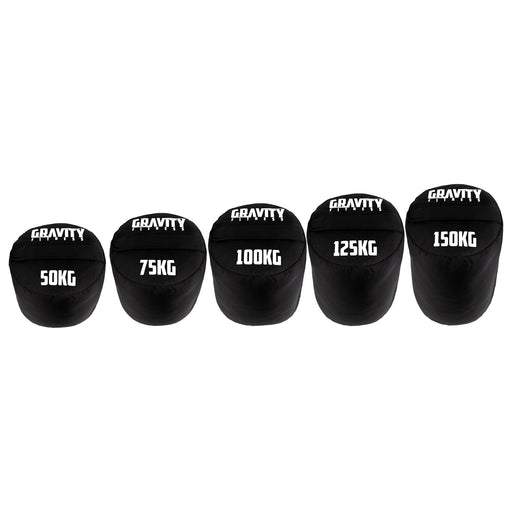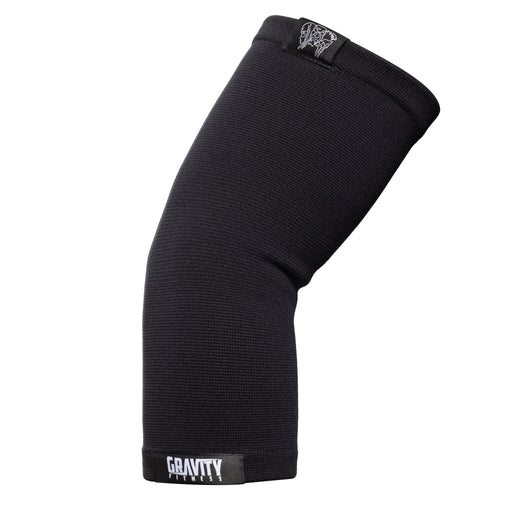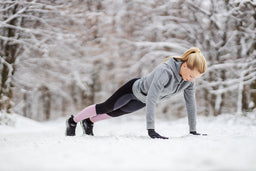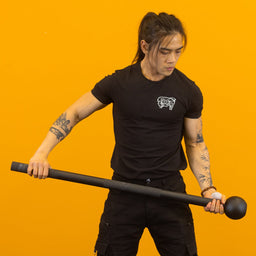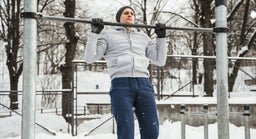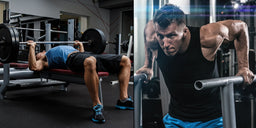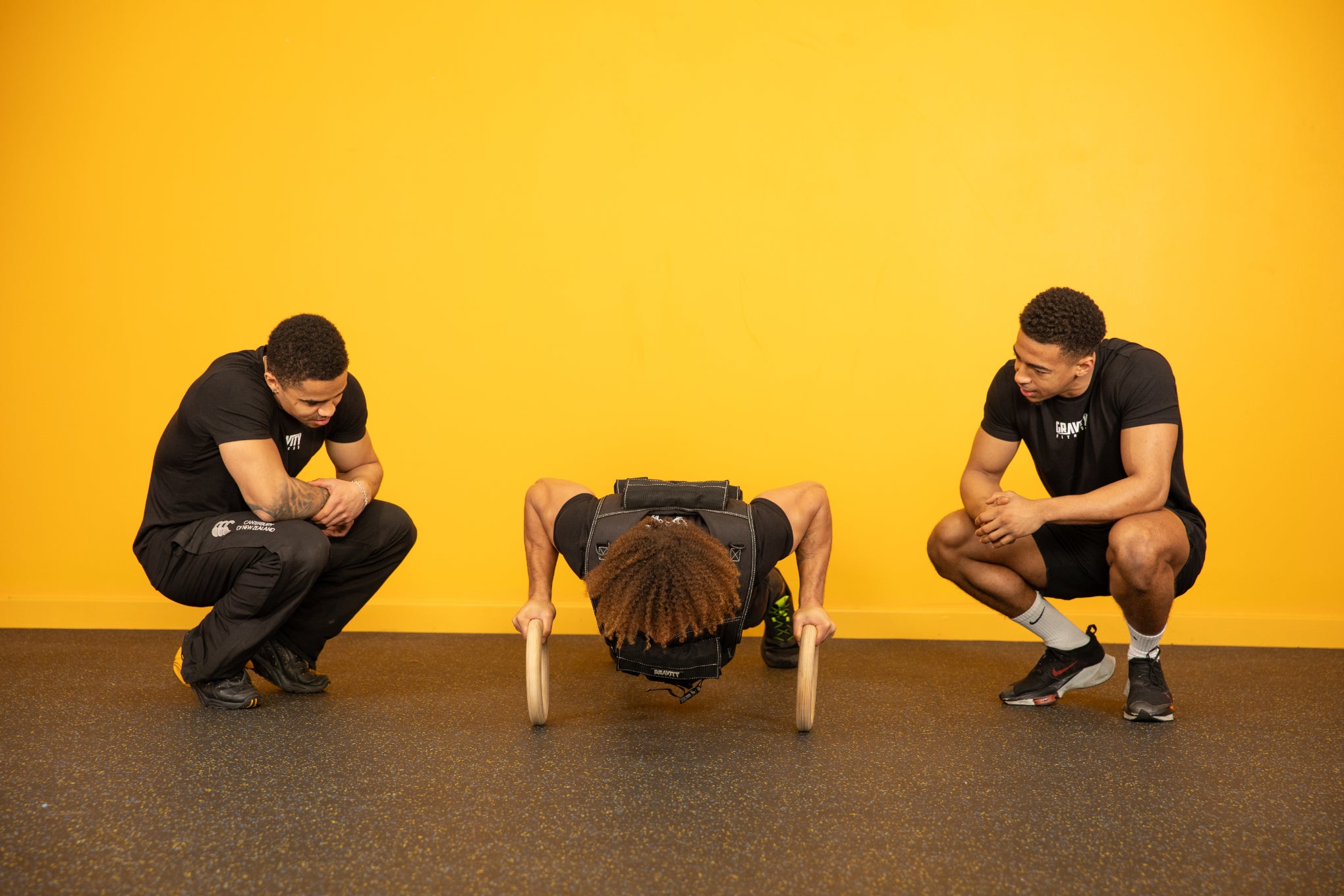
Why are calisthenics athletes so strong compared to bodybuilders?
Ever looked at a calisthenics athlete and thought “how can they be so strong when they don’t lift weights”? Calisthenics athletes can perform amazing feats of strength and muscular endurance – like human flags and planches – without ever touching a barbell. Why are calisthenics athletes so strong? And how would they measure up against powerlifters and bodybuilders in a test of strength? Yes, we’ll go there - who is stronger, calisthenics athletes, bodybuilders, or powerlifters?
How do you define strength in the gym?
Before we can talk about how strong calisthenics athletes are, we need to define strength (and put it in a calisthenics context). The dictionary definition of strength is “the quality or state of being physically strong”. But it’s pretty obvious that calisthenics strength is different to powerlifting strength, right?
Perhaps it’s better to break strength down into different areas:
Sheer strength or absolute strength - maximum amount of force you can exert with a muscle group or in a certain movement, best tested by a 1 rep max.
Relative strength - strength in relation to body weight, best tested when the athlete has to move their body against gravity as in gymnastics and calisthenics.
Functional strength – using strength in real-world scenarios, which often involves coordination, balance, and agility as well as muscle strength. Best tested in strongman exercises or other loaded functional movements.
How does calisthenics define strength?
Strength in calisthenics isn’t defined by how much external load an athlete can move, or how much they can lift in one rep. Instead, calisthenics strength is a controlled use of physical strength that uses the whole body as one chain. Everything from muscles to joints and connective tissue must be strong in calisthenics. Any weak links in the chain can’t be hidden with brute force or “muscling through” a movement.
How do calisthenics athletes get so strong without weights?
So how exactly do calisthenics athletes get so insanely strong when they might never do weight training in the traditional sense (barbells, dumbbells, or gym machines)? The answer lies in that full-body integration under strict control.
Calisthenics exercises almost always use multiple muscle groups. For example, a pull up doesn't just work the back and biceps (as a lat pull down does). Pull ups also engage the core, shoulders, hips, and glutes. This full-body engagement means the body builds strength as one unit.
And calisthenics training uses the principle of progressive overload (even though it doesn’t work with weights as such). Instead of adding plates to a barbell, calisthenics athletes use bands, tempo, or more challenging variations of exercises.
Calisthenics athletes typically have a high power-to-weight ratio, generating a lot of power relative to their body weight. Power to weight ratio is crucial for all calisthenics movements from the basis to more advanced skills. And it’s an area that many other strong athletes would probably lack.
Calisthenics movements are dynamic, often with static holds, which builds strong muscles, joints, and tendons. This builds a strong athlete who can generate force (one measure of strength) from different angles and positions.
Who is stronger, calisthenics athletes, bodybuilders, powerlifters?
OK, we’re going there. This is a bit of a silly comparison really, since all of the “strength sports” are really different. But it’s interesting to compare different kinds of strength training.
Bodybuilders focus on hypertrophy (gaining muscle size). And whilst many bodybuilders are undoubtedly strong, their training is designed more for balance and aesthetics than for absolute strength, and they rarely test their strength against anyone except themselves. Most true bodybuilders wouldn’t know their one rep maxes (because that’s not the rep range they train within).
Powerlifters specialise in training towards those very low numbers, with one rep maxes in squat, bench, and deadlift being the ultimate goal. Their training works with absolute strength, meaning they’ll lift heavier weights than bodybuilders or calisthenics athletes. But their training focus is usually narrow.
Calisthenics athletes tend to excel in relative and functional strength even though they don’t lift heavy weights and probably never test their maxes. Instead, these athletes test their skills, and how long they can hold movements for. Their ability to control and manipulate their body through complex movements showcases strength relative to their size/weight.
Building the calisthenics strength chain
If your focus is on building functional, real-world strength where the ultimate test is mastering your own bodyweight, calisthenics is the sport to try. Calisthenics encourages the body to work as one interconnected chain of bone, muscle, joints, and tendons. Movements require synchronised muscle contractions, mental focus, balance, and control.
In contrast, traditional weight training often isolates muscle groups or focuses on static movements that have less relevance to everyday strength. And yes, this will build muscle size and sheer strength, but it won’t help you to master your body weight across a range of movements.
We think calisthenics athletes demonstrate the power of functional strength and power to weight ratio. By training compound movements without external weights, they achieve the type of strength that isn’t just impressive – it’s also practical.
Check out the Gravity Fitness store for the best calisthenics equipment for your home or gym, from our best-selling parallettes and portable pull-up rack to new and innovative kit you might not find anywhere else.
